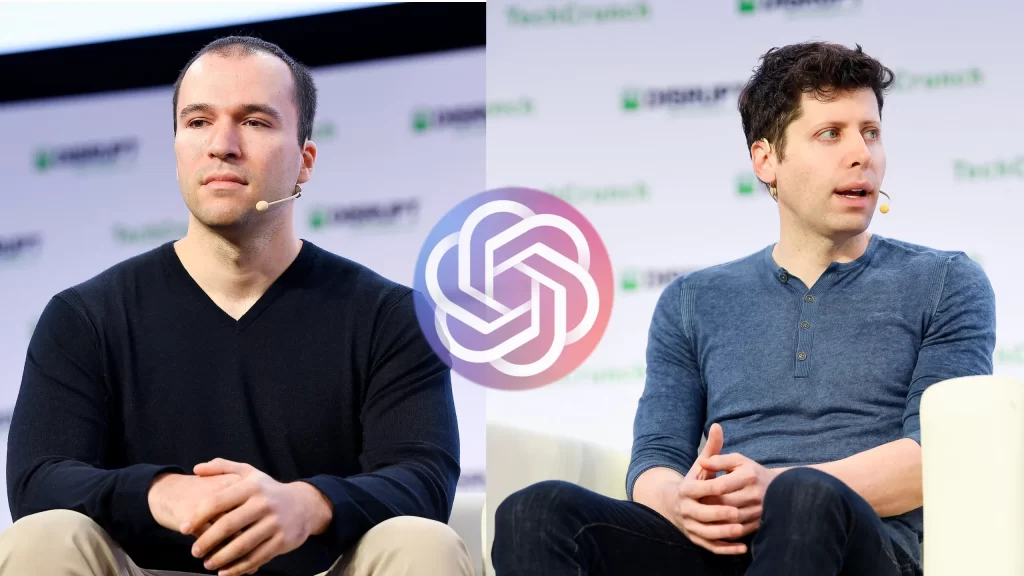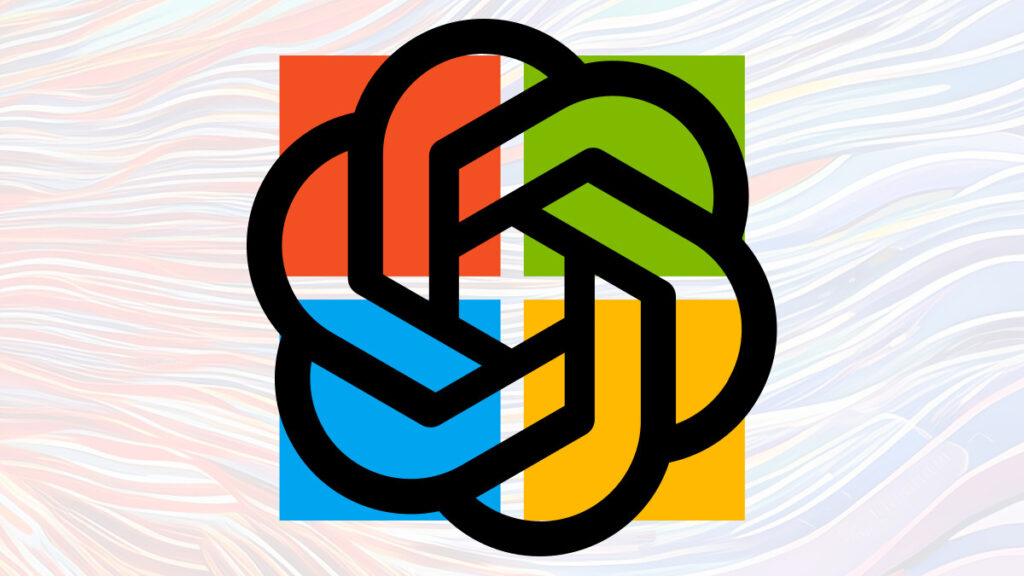OpenAI is a private research lab. The goal of OpenAI is to advance and create “friendly” AI. Elon Musk and Sam Altman were among the tech titans who founded the company in 2015, intending to advance AI in a way that benefits all. Some of the best minds in the field, including Ilya Sutskever, Greg Brockman, and Andrej Karpathy, are also in the OpenAI team. OpenAI utilizes a Microsoft Azure-based supercomputing platform to support its state-of-the-art research.
Considering it is only eight years old, OpenAI has accomplished much. But from where do they originate, and where are they headed? Continue reading to discover!
History of OpenAI
2015
Sam Altman, Greg Brockman, Reid Hoffman, Jessica Livingston, Peter Thiel, Elon Musk, Amazon Web Services (AWS), Infosys, and YC Research joined to form OpenAI in the fateful month of December 2015.
The organization made a strong statement about its dedication to advancing AI in a way that benefits humanity as a whole, with a staggering contribution of over $1 billion to the project.
OpenAI announced its desire to freely collaborate with other universities and academics by making their work available to the public instead of keeping their research and patents locked away.

2016
In place of the usual nonprofit-level salary, OpenAI paid corporate-level salaries back in 2016. But top AI researchers continued to flock to OpenAI despite this, attracted by its potential and commitment to developing AI in a friendly and secure manner. Peter Lee from Microsoft even claimed that a top AI researcher would cost more than a top NFL quarterback prospect.
One Google employee even left the search engine giant to join OpenAI due to the strong team and organization’s goals. Wojciech Zaremba, a co-founder of OpenAI, was so committed to the cause that he declined recruitment offers worth two to three times his market value.
OpenAI unveiled “Universe” in December, which enables the measurement and training of an AI’s general intelligence across multiple games, websites, and services after releasing “OpenAI Gym,” a platform for reinforcement learning research, in 2016.
2017
Cloud computing accounted for 25% of OpenAI’s functional expenses in 2017, costing them $7.9 million. DeepMind’s overall expenses totalled an astounding $442 million throughout the same period.
2018
Over the following two years, OpenAI altered its emphasis to include more thorough AI research and development.
In 2018, the organization published a research paper, “Improving Language Understanding by Generative Pre-Training,” introducing the concept of Generative Pre-Trained Transformers (GPTs). These neural networks, which were trained on massive volumes of text produced by humans and modelled after the human brain’s structure and operation, were capable of performing various tasks, including posing and responding to queries.
| Versions | Parameters |
| GPT-1 launched in 2015 | 1.1 billion |
| GPT-2 launched in 2019 | 17.5 billion |
| GPT-3 launched in 2020 | 1750 billion |
| GPT-4 launched in 2023 | 10000 billion |
In the summer of 2018, OpenAI needed to rent 128,000 CPUs and 256 GPUs from Google for several weeks to train its Dota 2 bots.

Elon Musk left his board position the same year, citing a “potential future conflict [of interest]” with his role as Tesla’s CEO due to Tesla’s work on developing artificial intelligence for self-driving cars.
Sam Altman claims that Musk wanted to take over OpenAI because he thought it had lagged behind competitors like Google. The board refused, and Musk eventually departed OpenAI. Musk claimed he would keep donating even after leaving, but he didn’t.
2019
Musk clarified on Twitter that he had not been connected with the company for “over a year” after saying that Tesla and OpenAI were fighting for the same staff.
In 2019, OpenAI changed its business model from non-profit to “capped” for-profit, with a maximum profit of 100 times the initial investment. Following this model, OpenAI LP can legitimately solicit capital from venture funds and give employees stakes in the company.
As part of this transition, OpenAI gave equity to its staff and partnered with Microsoft, which made a $1 billion investment in the business.
OpenAI declared its aim to license its technologies for commercial use. However, some researchers disagree with OpenAI LP’s decision to become for-profit, contending that it contradicts the firm’s claim to democratize AI.
2020
GPT-3, a language model developed by OpenAI and trained on massive internet datasets, was unveiled in 2020. Its main function is to respond to queries in natural language. But it can also translate across languages and quickly create coherent content.
OpenAI also disclosed that GPT-3-related API, “the API,” would be the centerpiece of its first commercial product.
2021
DALL-E, a sophisticated deep-learning model capable of creating digital images based on natural language descriptions, was unveiled by OpenAI in 2021.
2022
When OpenAI launched a free preview of ChatGPT, the most recent AI chatbot built on the GPT-3.5 architecture, in December 2022, it became the headline.

OpenAI said the preview was a big success, with over a million signups in the first five days. The same month, Reuters cited unidentified sources who said that OpenAI was forecasting revenues of $200 million in 2023 and $1 billion in 2024.
2023
According to reports, OpenAI was in talks for funding as of January 2023, which would double the company’s 2021 valuation to $29 billion.
Microsoft announced a new $10 billion investment in OpenAI over several years on January 23, 2023. Rumour has it that Microsoft will hold a 49% stake in OpenAI and get 75% of its profits until it recovers its investment.
On February 7, 2023, Microsoft declared that it would integrate ChatGPT-based AI technology into its Bing, Edge, Microsoft 365, and other products.

Due to potential conflicts of interest arising from his investments in AI technology businesses through Greylock Partners and his role as the co-founder of the AI technology startup Inflection AI, Reid Hoffman resigned as a board member at OpenAI on March 3, 2023. He continued to serve on the board of Microsoft, a significant OpenAI investor.
The March 2023 publication of OpenAI’s GPT-4, which many in the field eagerly awaited, marked a huge advancement in AI language models. The API for GPT-4 had a waitlist. It was also the part of the ChatGPT Plus service.
PwC announced a significant investment in OpenAI in April 2023, pledging $1 billion to the company and intending to employ GPT-4 and the Microsoft Azure OpenAI service.
The future of OpenAI
We can infer from recent investments that the Microsoft-OpenAI alliance aims to democratize AI, even though OpenAI hasn’t publicly stated its future objectives. As a result, non-technical professionals should soon have access to additional AI tools that don’t require AI expertise.
After GPT-3.5 (the basis for ChatGPT), OpenAI recently updated its language model technology. The new version, GPT-4, was released in March 2023. It has been compared to its predecessors as superior since it offers multimodal AI functionality, allowing it to analyze text and visuals. It is evident from OpenAI’s most recent releases that the company shows no signs of slowing down. By 2024, OpenAI expects to earn more than $1 billion.
Final Words
With a staff of over 100 researchers and engineers working on numerous projects, OpenAI is still at the forefront of AI research today. The lab is advancing the limits of AI through its work in robotics, computer vision, and natural language processing.
By collaborating with organizations like Microsoft and PwC and successfully introducing new AI products like ChatGPT and GPT-4, OpenAI has demonstrated that it is in a strong position to continue advancing AI technology in the years to come.




